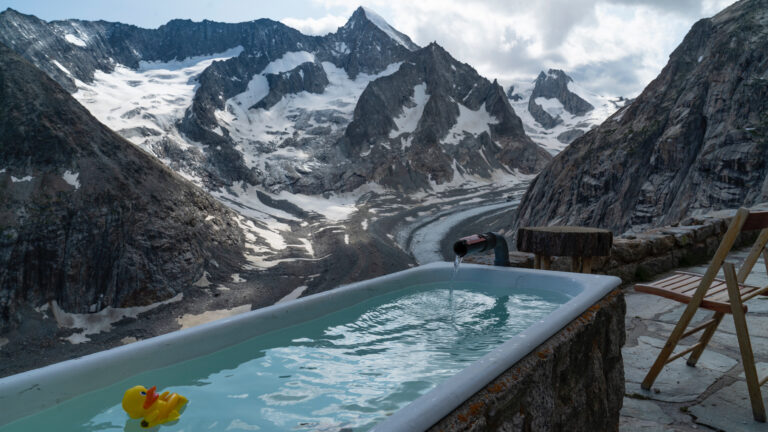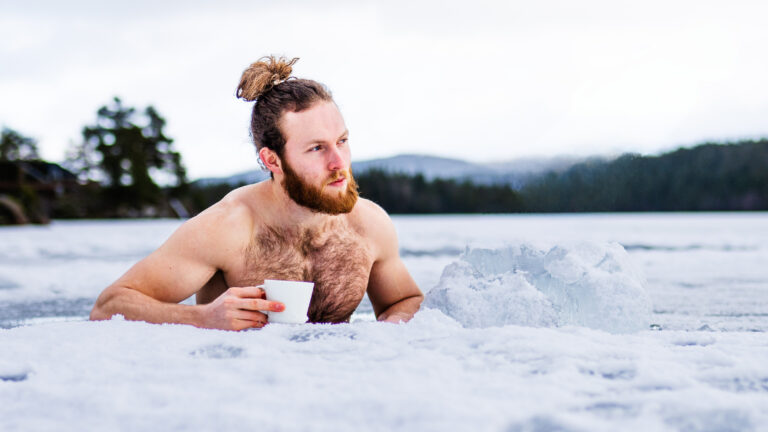A Beginners Guide to Your First Cold Plunge

Editor’s note
We were all beginners once, and some of you reading this article are just starting out. If you’re new to cold plunging… welcome! The journey is chilly and a tad uncomfortable, but the benefits vastly outweigh the discomfort. I’ve found this to be true, and I hope you will too.
When I first tried a cold plunge, I’ll admit that I really didn’t put much thought into learning the proper technique. I just went for it, and didn’t stay in for long! Since then, I have learned from many great instructors how to practice safely and get the most out of it.
This article is a great introduction for beginners looking to incorporate cold plunging into their routine. Let us know in the comments if you find it helpful. Cheers!
Matthew
Cold plunging is a practice where you immerse your body in cold water for a short period. This practice is gaining popularity because many celebrities, athletes, and wellness enthusiasts endorse it for its benefits on recovery, mental clarity, and well-being.
Cold plunging is not a new idea. People in Nordic countries have used cold water therapy for centuries for its range of health and wellness benefits. Today, the trend is catching on worldwide as more people look for natural ways to stay healthy. The question that many beginners ask is, “How do I start?”
In this article, we will explore cold plunge benefits, challenges that a beginner may face when practicing cold plunging for the first time, and how to safely incorporate this practice into their wellness routine.
How To Start Cold Plunging?
If you’re wondering how to start cold plunging, there are some key things to consider:
- Begin by making your regular showers a little colder each day; this helps your body get used to the sensation of cold water gradually.
- Focus on taking slow and deep breaths while you’re in the cold water; this helps calm your nervous system and makes the experience more manageable.
- Try to incorporate cold plunges into your routine a few times a week, even if it’s just for a short period. Consistency is how you get the long-term cold plunge benefits.
- Pay close attention to how your body feels, and don’t hesitate to stop if you feel too cold or uncomfortable.
- After your cold plunge, move around gently to help your body warm up naturally, and consider having a warm drink or putting on warm clothes.
- Think of cold plunging as one part of a healthy lifestyle, and try to combine it with other good habits like getting enough sleep and eating nutritious food.
What to Do After Stepping Out?
After you finish your cold plunge session, your body needs time to warm up gradually. Here are some simple steps to follow after stepping out from a cold plunge:
- Dry Off Gently: Use a soft towel to pat your skin dry instead of rubbing it harshly. Rough fabrics or too much friction can cause irritation.
- Warm Up Gradually: It is not a good idea to jump into a hot shower right after a cold plunge, as it can put stress on your system. Instead, wrap yourself in a warm blanket and let your body heat up naturally.
- Stay Hydrated: Drinking warm water or herbal tea can help your body recover from the cold. It also supports circulation and keeps you comfortable.
- Moisturize Your Skin: Cold water can dry out your skin, so applying a moisturizer helps keep your skin hydrated. Choose a gentle, fragrance-free lotion to avoid irritation.
If you’re a beginner and unsure about the safety guidelines for cold plunging, watch this excellent short video by Wim Hof, known as “The Iceman” for his cold exposure and breathing techniques:
Tips for Safely Incorporating Cold Plunging in Your Routine
Here are some practical tips to help you start cold plunging safely and enjoy its benefits for physical and mental health:
Consult Your Doctor
If you have any health issues, it is essential to talk to your doctor before you begin cold plunging. It is especially recommended that people with heart issues, respiratory problems, and skin conditions consult their doctor about whether cold plunging is suitable for them. This step alone can significantly lower the risks of potential side effects of cold plunging.
Start with Shorter Duration
While the average cold plunging duration ranges between 5 to 10 minutes, beginners should always start with very short sessions. For example, a 30-second or one-minute session is initially enough to understand your tolerance level to cold.
This brief exposure allows your body to get used to the cold without experiencing any severe side effects. As you become more comfortable, you can gradually increase the duration.
Practice with Supervision Initially
For your first few sessions, it is a good idea to have a professional with you. Having someone with knowledge about cold plunge safety measures can help ensure your safety.
If you feel faint or experience any discomfort, your companion can help you get out of the water safely. Supervision also provides psychological support, making the experience less intimidating for a beginner.
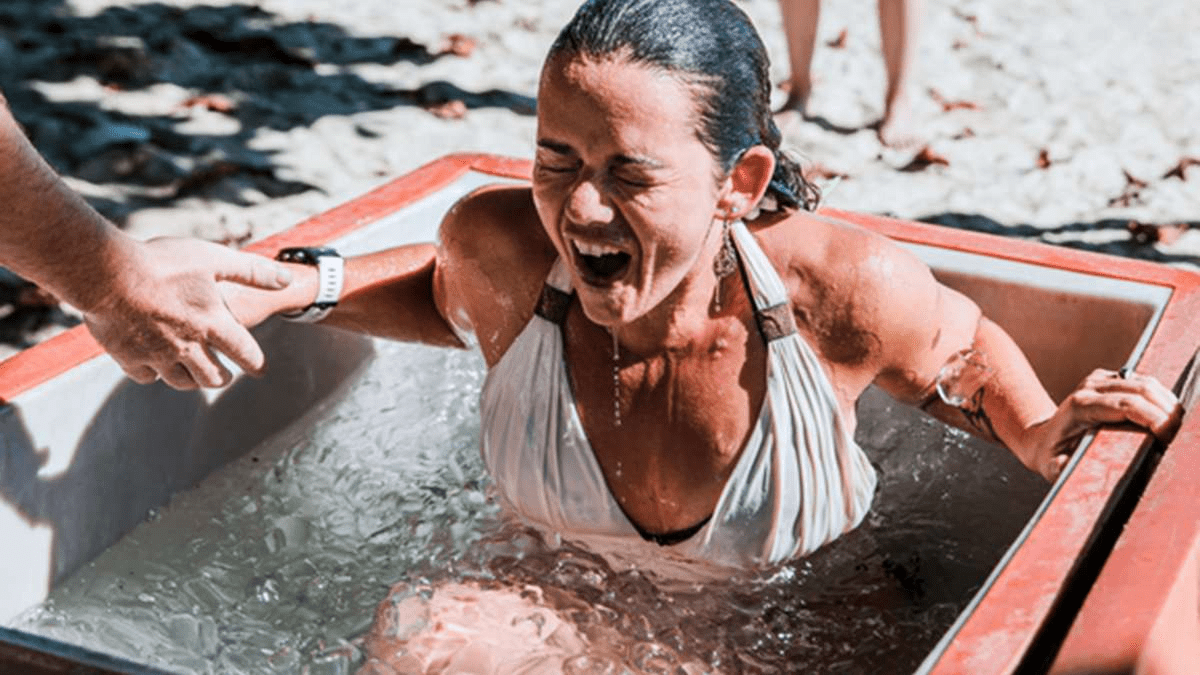
Reasons to Start Cold Plunging
Immersing yourself in cold water can feel uncomfortable at first, so why would anyone choose to do it? While the initial shock may be challenging, the wide range of benefits makes cold plunging worth considering.
Here are some scientifically proven physical and mental health cold plunge benefits that you can enjoy by incorporating this practice into your wellness routine:
Physical Health Benefits
Exposure to cold water acts as stress for your body and initiates many responses in the body. These responses then lead to many short and long-term physical health benefits, including:
Reduced Inflammation
A study published in The Journal of Physiology shows that cold water immersion reduces muscle soreness and inflammation and boosts recovery. But how is cold exposure related to reduced inflammation?
Cold triggers vasoconstriction or narrowing of the blood vessels in the body. Reduced blood flow to the muscles can lead to decreased inflammation, especially after workouts. Vasoconstriction is followed by dilation of blood vessels which helps remove wastes from the muscles, also lowering inflammation.
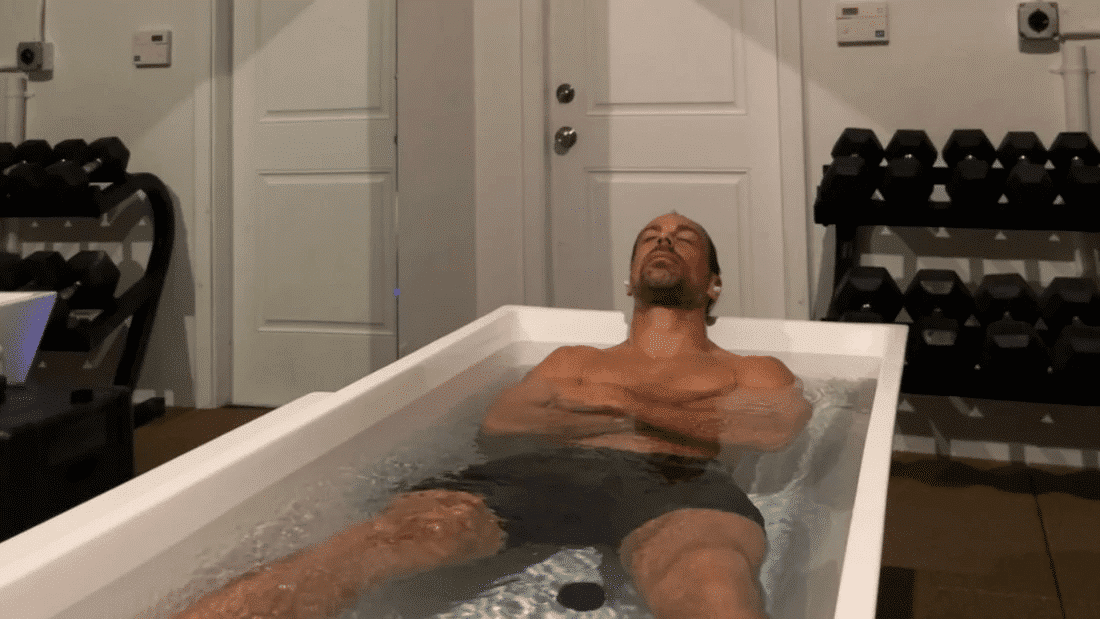
Improved Circulation
A 2022 study shows that cold water immersion is beneficial for improving peripheral circulation. Your body undergoes a cycle of vasoconstriction and vasodilation during your exposure to cold plunging. The blood vessels initially constrict to retain the majority of the blood for your vital organs.
As the body warms up after leaving the cold plunge, the blood vessels begin to dilate. This dilation redirects blood flow to the extremities, such as the hands and feet. This cycle acts as a workout for the cardiovascular system and helps improve overall blood flow.
Boosted Metabolism
Studies show that cold water immersion boosts metabolism by activating brown fat. Brown fat or brown adipose tissue is a special type of tissue that burns in response to cold to generate heat for the body. A study by Nature Medicine Journal shows that regular cold water immersion improves insulin sensitivity, which helps people with weight problems and type 2 diabetes.
Strengthened Immune System
Cold exposure supports immune response by improving circulation. Improved circulation allows blood to transport immune cells more effectively throughout the body, helping to fight off infections more efficiently.
A 2024 study shows that cold water immersion triggers the increased production of immune cells in the body. Thus, regular exposure to cold plunging can strengthen the body’s immune function and lower the risk of illnesses like colds, flu, and other common infections.
Mental Health Benefits
Cold exposure isn’t just a physical challenge; it also tests your mental strength. Pushing through that discomfort can lead to significant psychological benefits. These include:
Mood Improvement
You’ve probably come across social media posts from celebrities talking about how cold plunging helps lift their mood. A 2023 study shows that cold water immersion triggers the release of dopamine and endorphin hormones. These are stress-relieving hormones in your body that boost your mood and create a sense of happiness.
Reduced Stress
Besides improving mood, the release of hormones like dopamine and endorphins from cold plunging helps reduce stress. Evidence shows that cold plunging helps improve the symptoms of stress and depression. Cold plunging also reduces cortisol levels in the body, which is a stress hormone. Lower levels of cortisol represent the stress-relieving benefits of cold plunging.
Enhanced Focus
During a cold plunge, your mind naturally shifts all its focus to coping with the cold shock. Repeating this practice trains your mind to stay present and manage discomfort more effectively. Over time, this improved focus can carry over into your daily life, helping you stay more attentive in your daily life’s challenging situations.
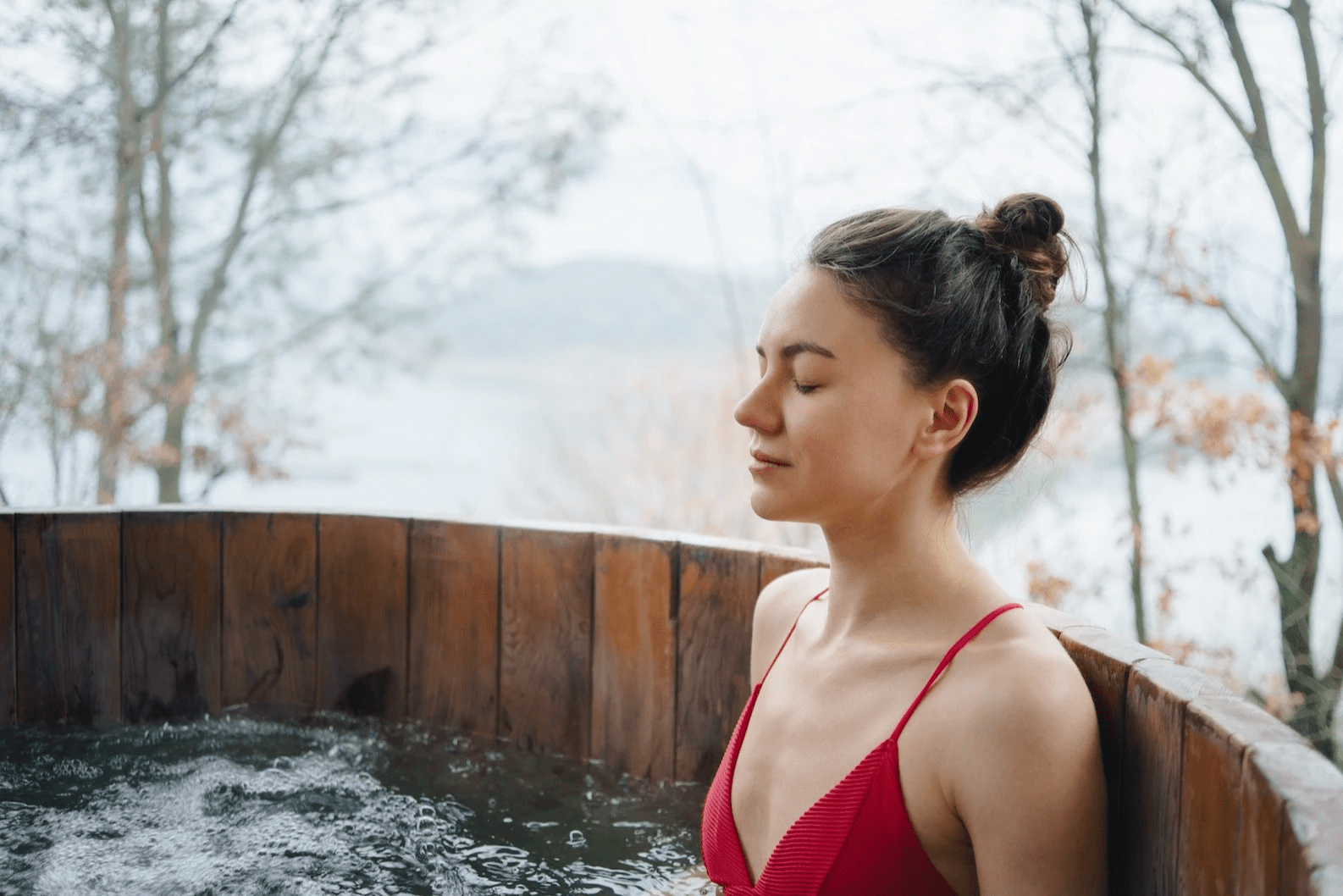
Better Sleep
Studies show that regular exposure to cold water has beneficial impacts on sleep quality. Cold plunging supports better sleep in several ways:
- Cold plunging helps lower body temperature, signaling the body to prepare for sleep and promoting better rest.
- Cold plunging also reduces cortisol levels, which helps relieve stress and improve sleep quality.
Getting quality sleep benefits your mental health and well-being by helping you stay focused and reducing depressive symptoms.
What Makes Cold Plunging Difficult for Beginners?
The growing popularity of cold plunge benefits is inspiring more people to try this practice. However, getting started isn’t always easy, and beginners may face several challenges. These can include:
Discomfort
The first time you try a cold plunge, you will likely feel intense discomfort. The water may feel extremely cold at first, and your body might react with a shock response. Remember, it is normal to feel this way at the beginning.
Over time, your body will adjust to the cold, and the discomfort will decrease. Always listen to your body, and do not force yourself to stay in if you feel too uncomfortable.
Risk of Hypothermia
Hypothermia is a condition where your body temperature drops to a critically low level during your exposure to cold temperature. The risk is especially higher during cold plunging or ice baths since cold water pulls heat away from your body much faster than cold air.
A safe water temperature for cold plunging is typically between 50 to 59°F (10 to 15°C), where the risk of hypothermia is lower. If you are a beginner, you should start at the warmer end and gradually adjust to colder temperatures as you build tolerance. Short sessions help you gain the benefits without risking your health.
Risk of Cardiovascular Stress
The repeated cycle of vasoconstriction and vasodilation is usually beneficial for people with good cardiovascular health. However, it can also be risky for people already suffering from heart conditions. Reports show that cold plunging leads to a spike in blood pressure and heart rate, which might be risky for someone with poor heart health.
To learn more about how a beginner can take a cold plunge safely, watch this video on cold plunge tips by Plunge, a leading platform for cold plunge enthusiasts:
Conclusion
Incorporating cold plunging into your routine can offer you a wide range of physical and mental health benefits. The key cold plunge benefits include reduced inflammation, faster recovery, improved circulation, reduced stress, and overall better physical and mental well-being.
However, if you are new to cold plunging, you should be careful about the potential side effects of this wellness practice. Not following safety guidelines while practicing cold plunging can lead to hypothermia and cardiovascular stress.
For a beginner, it is recommended to start with a shorter duration and listen to the body’s feedback. People with health issues, like cardiovascular and respiratory problems, should talk to their doctor before incorporating this wellness practice into their daily routine. These safety measures help ensure that you enjoy the maximum cold plunge benefits with minimum risk of side effects.

